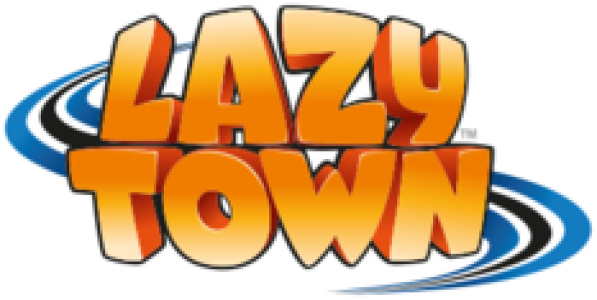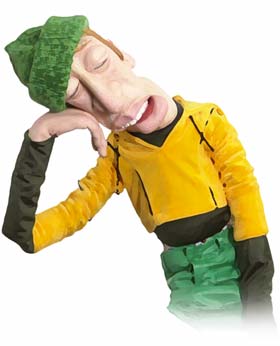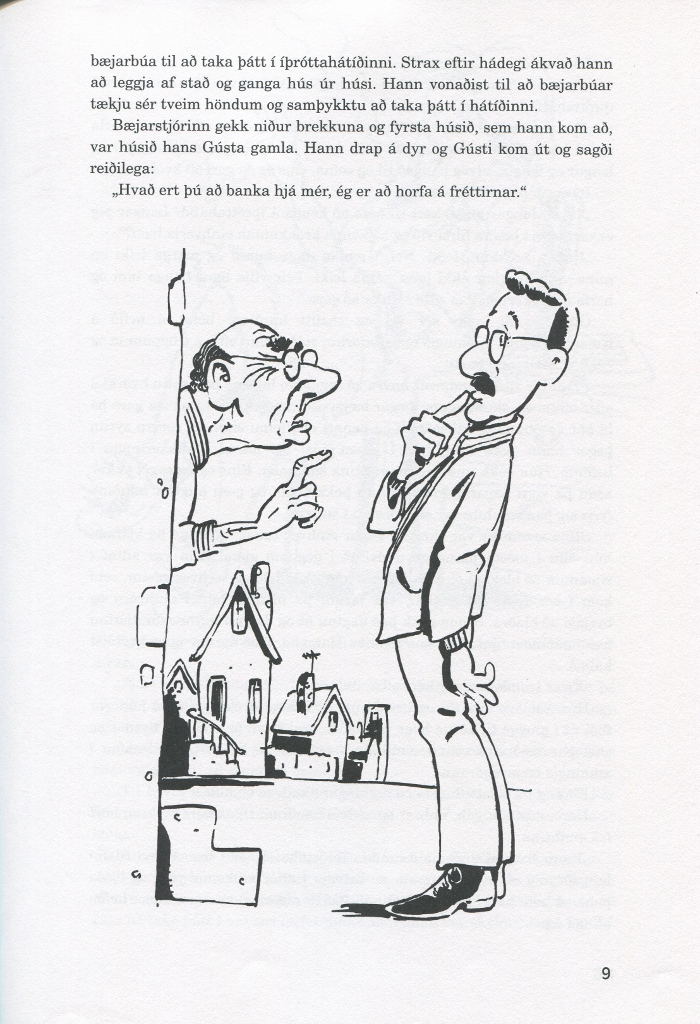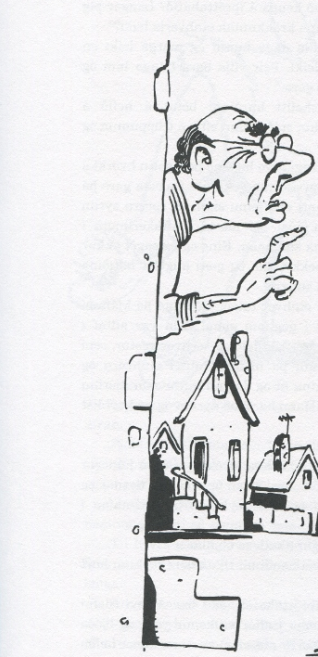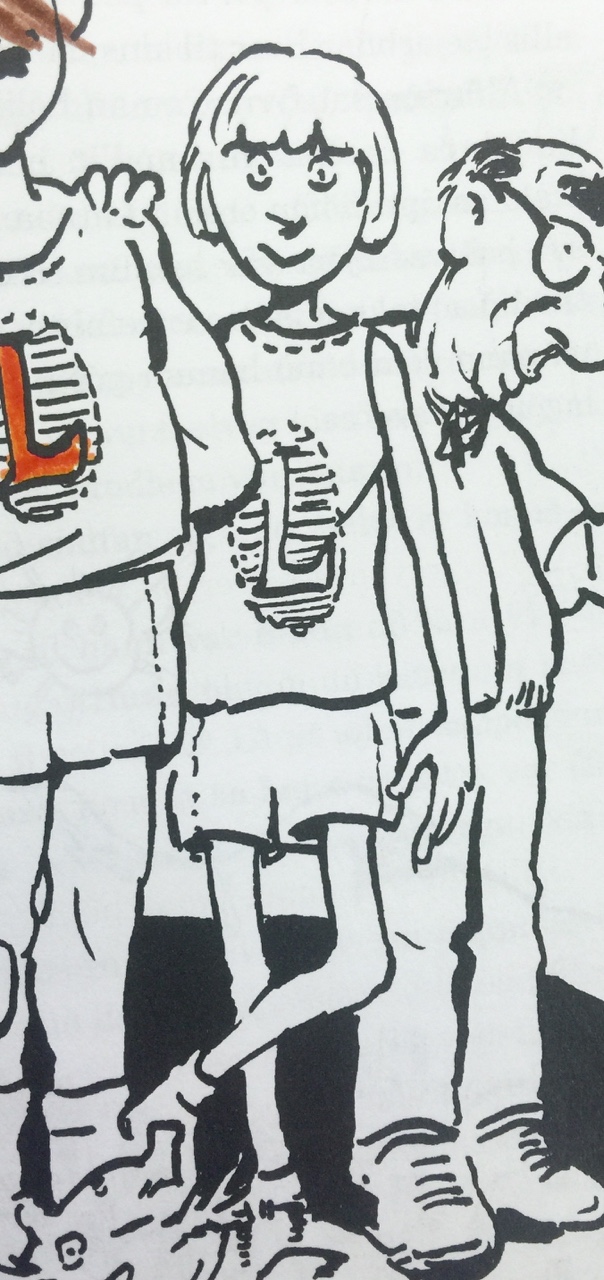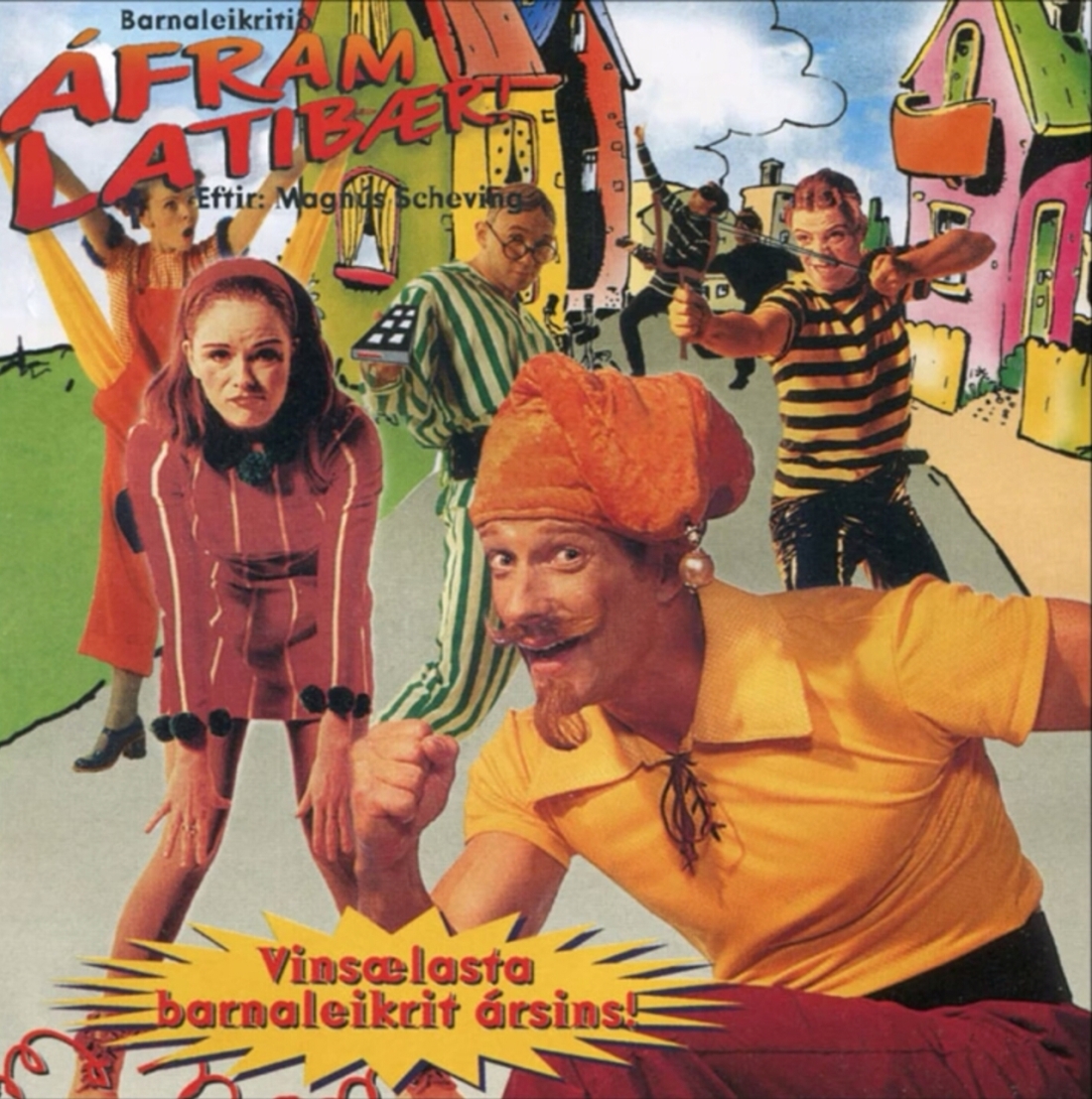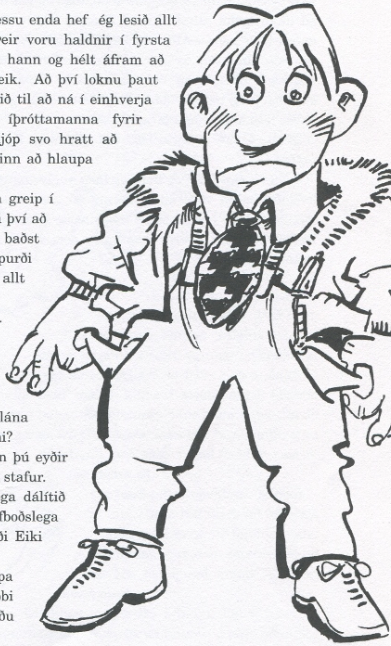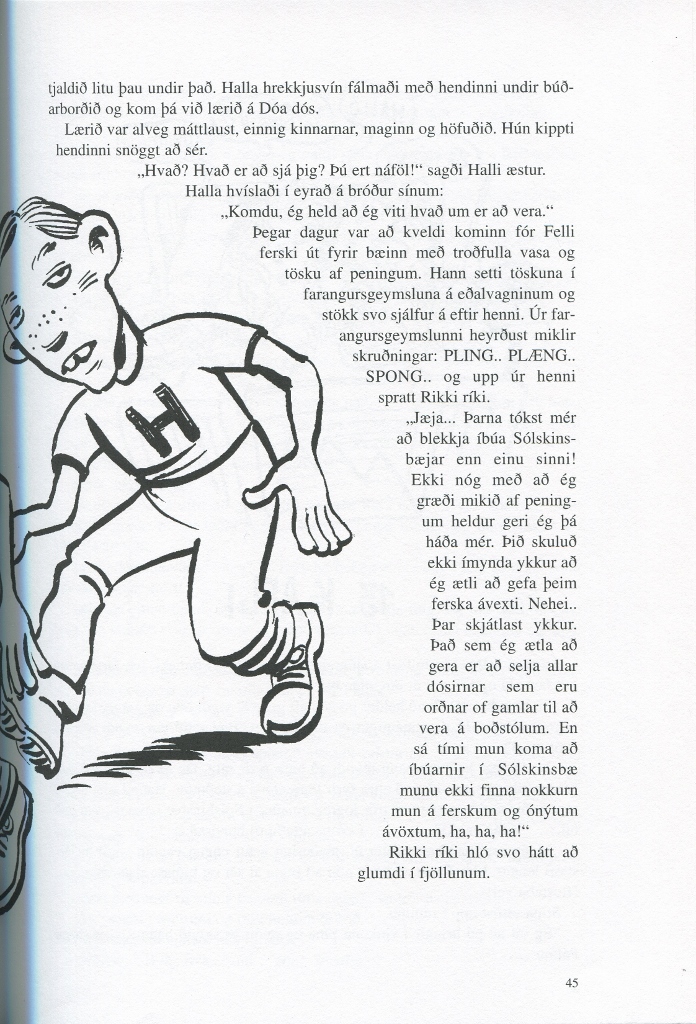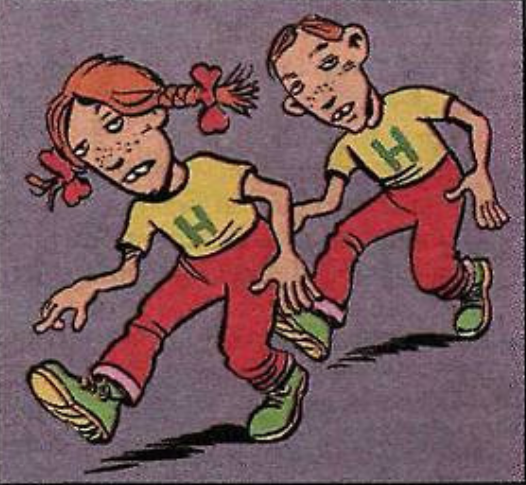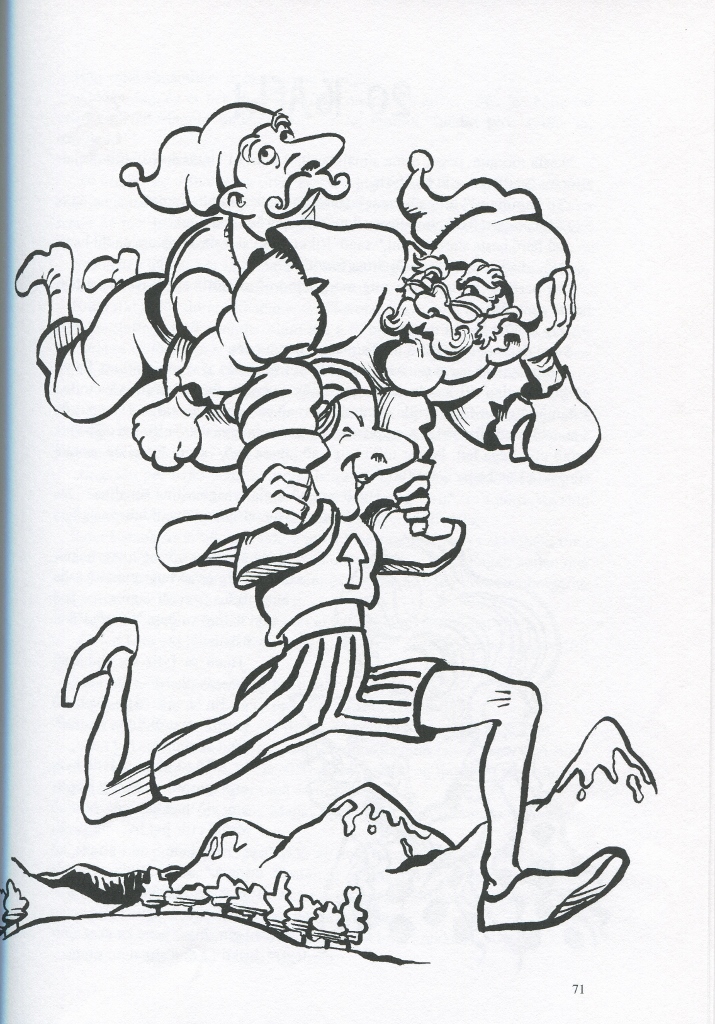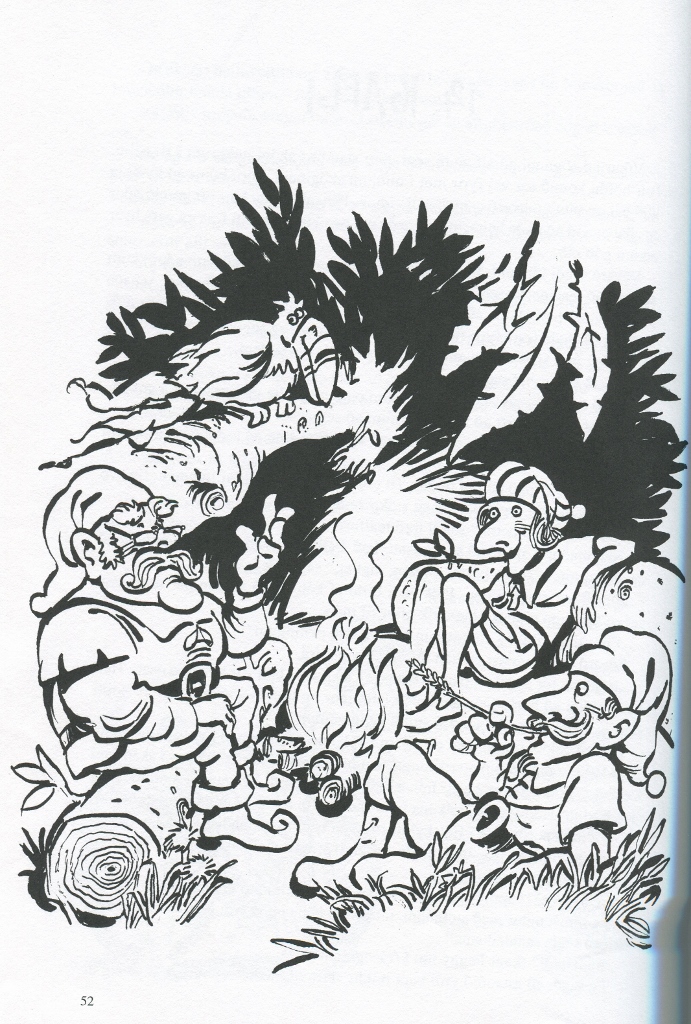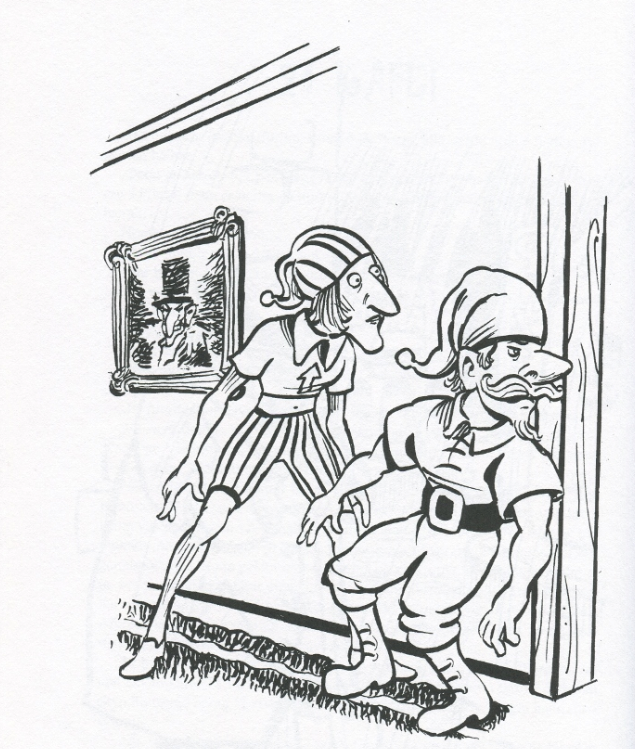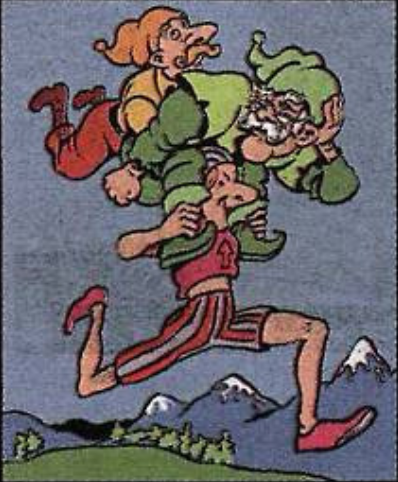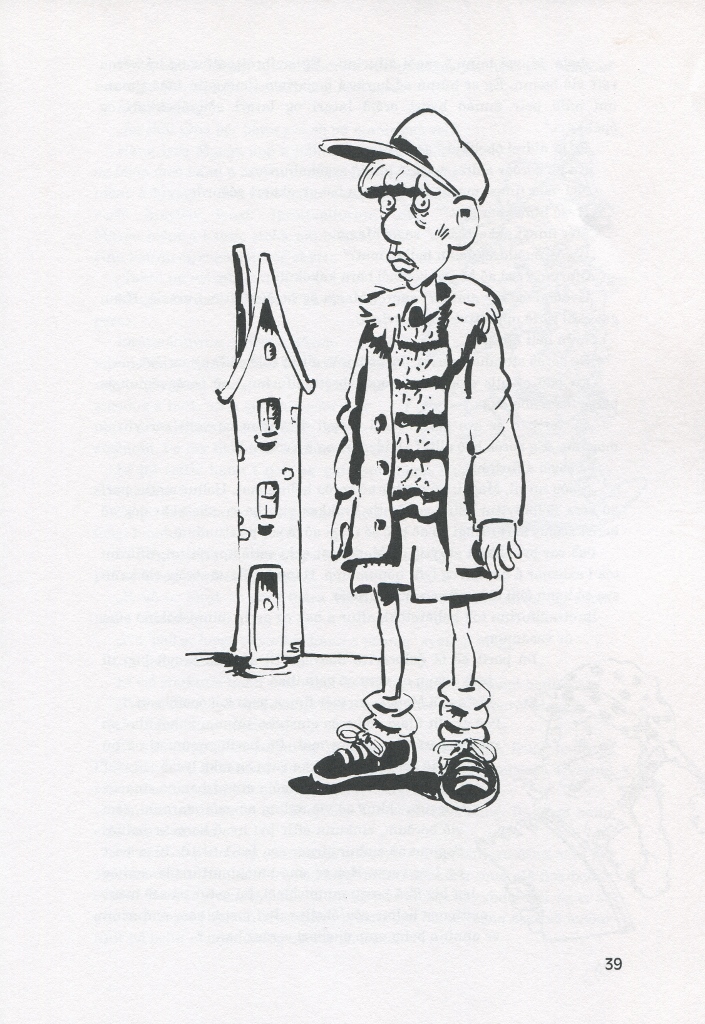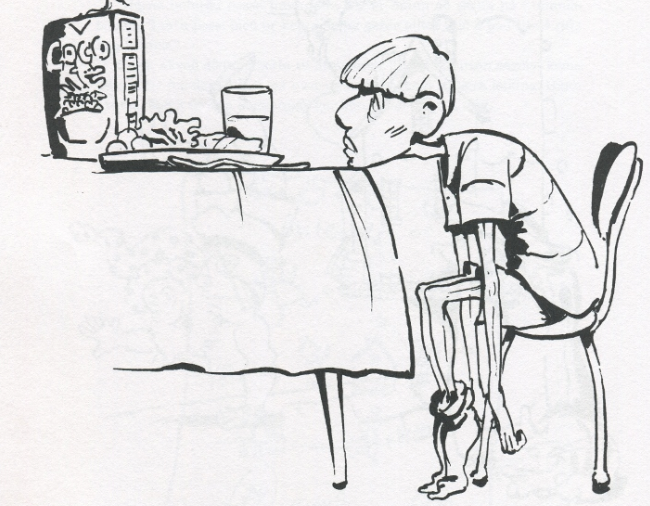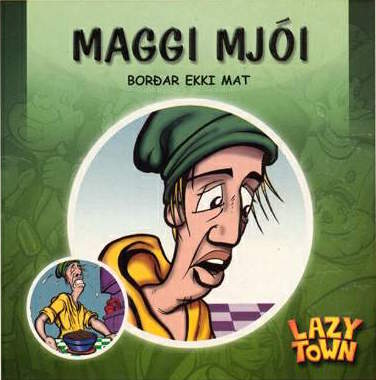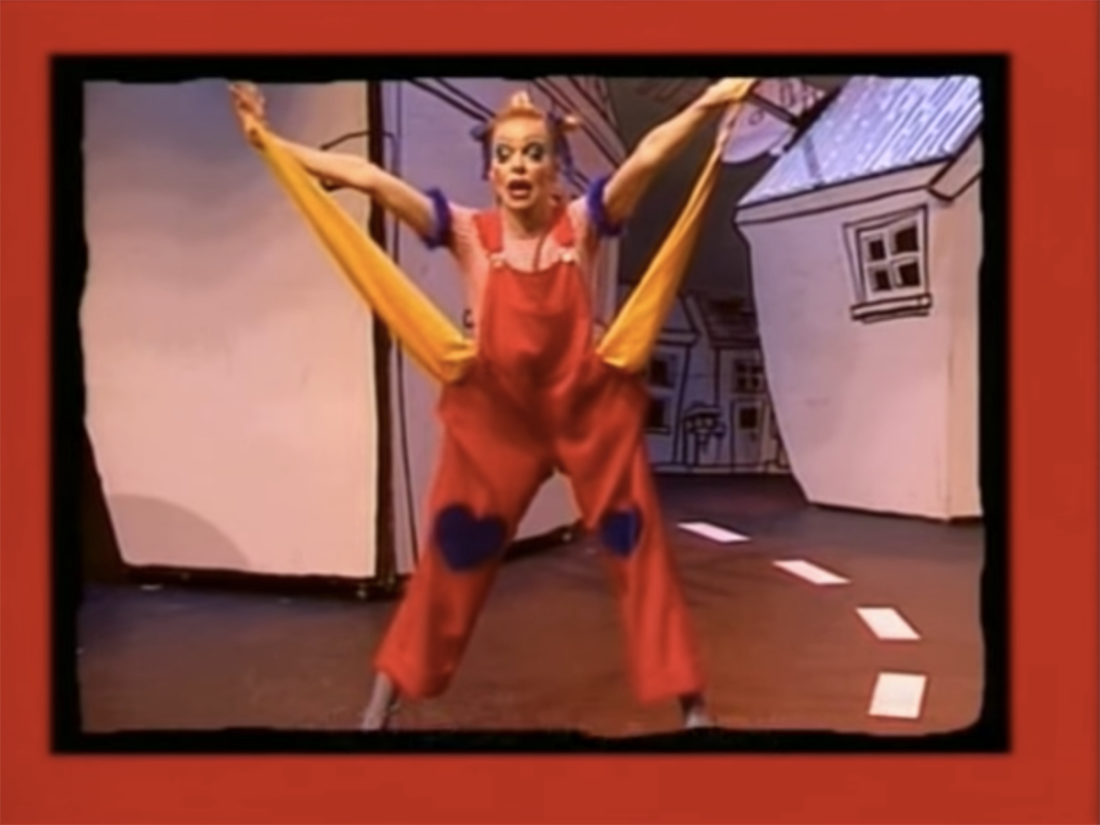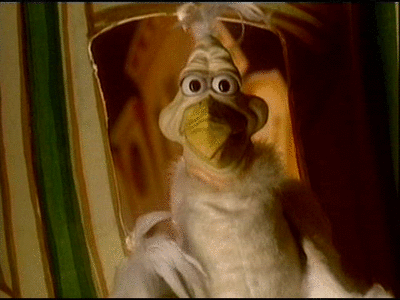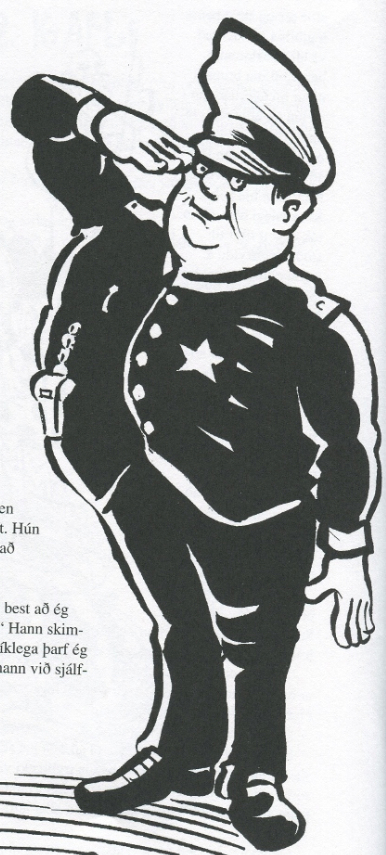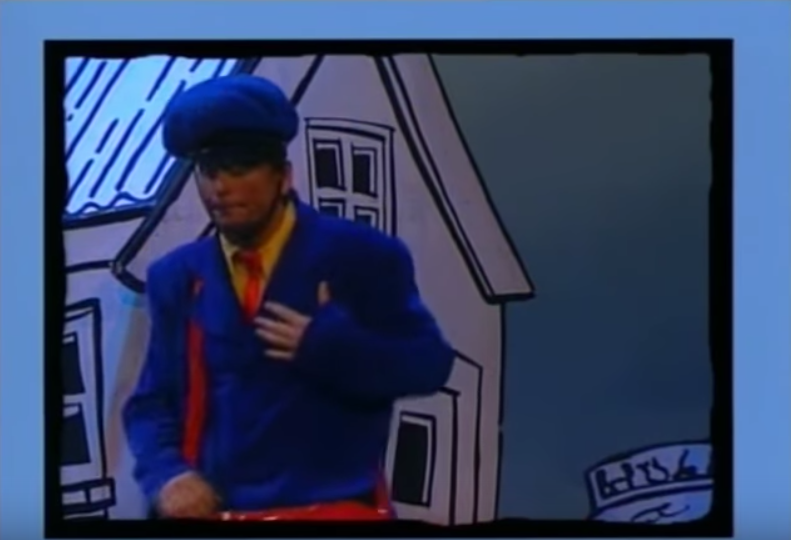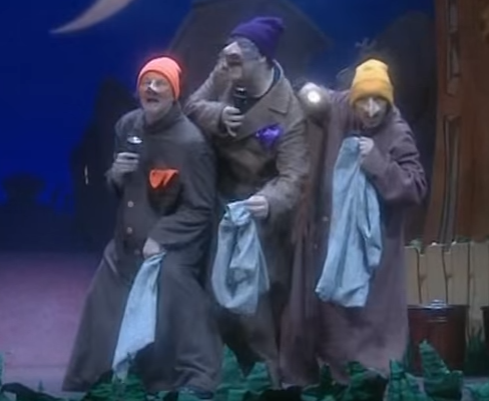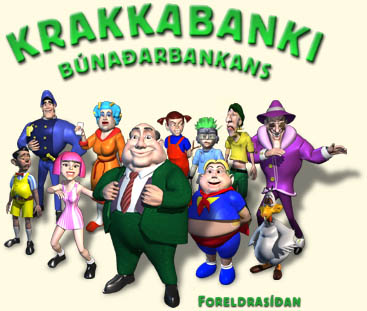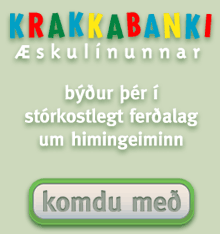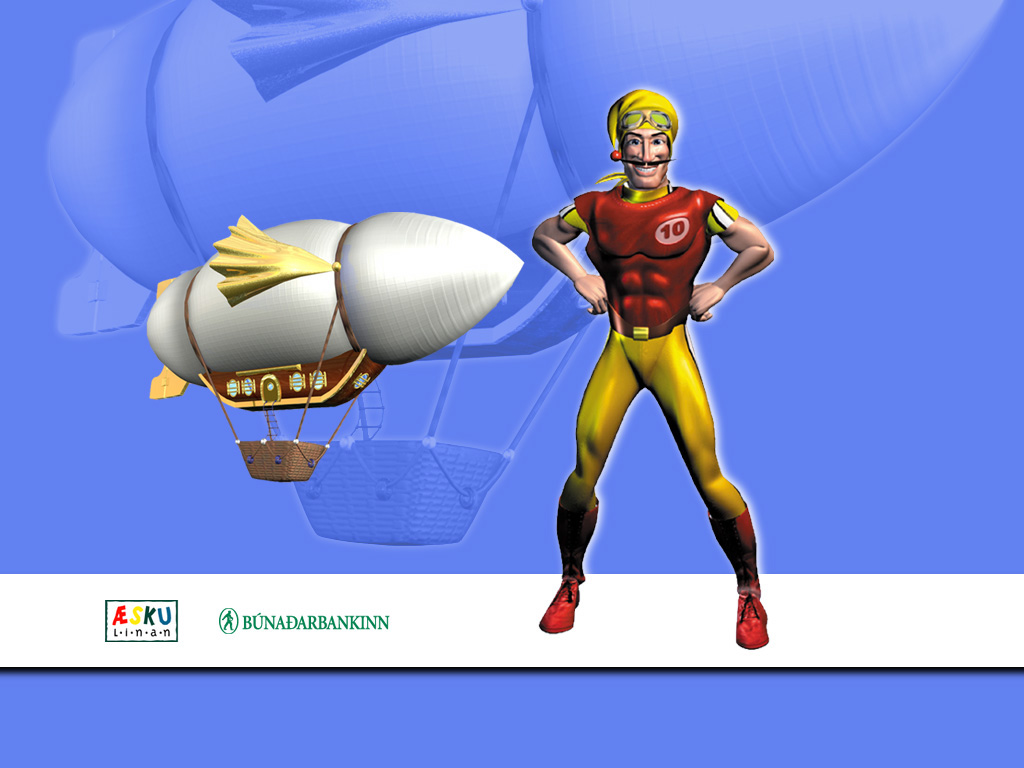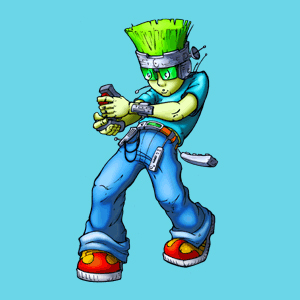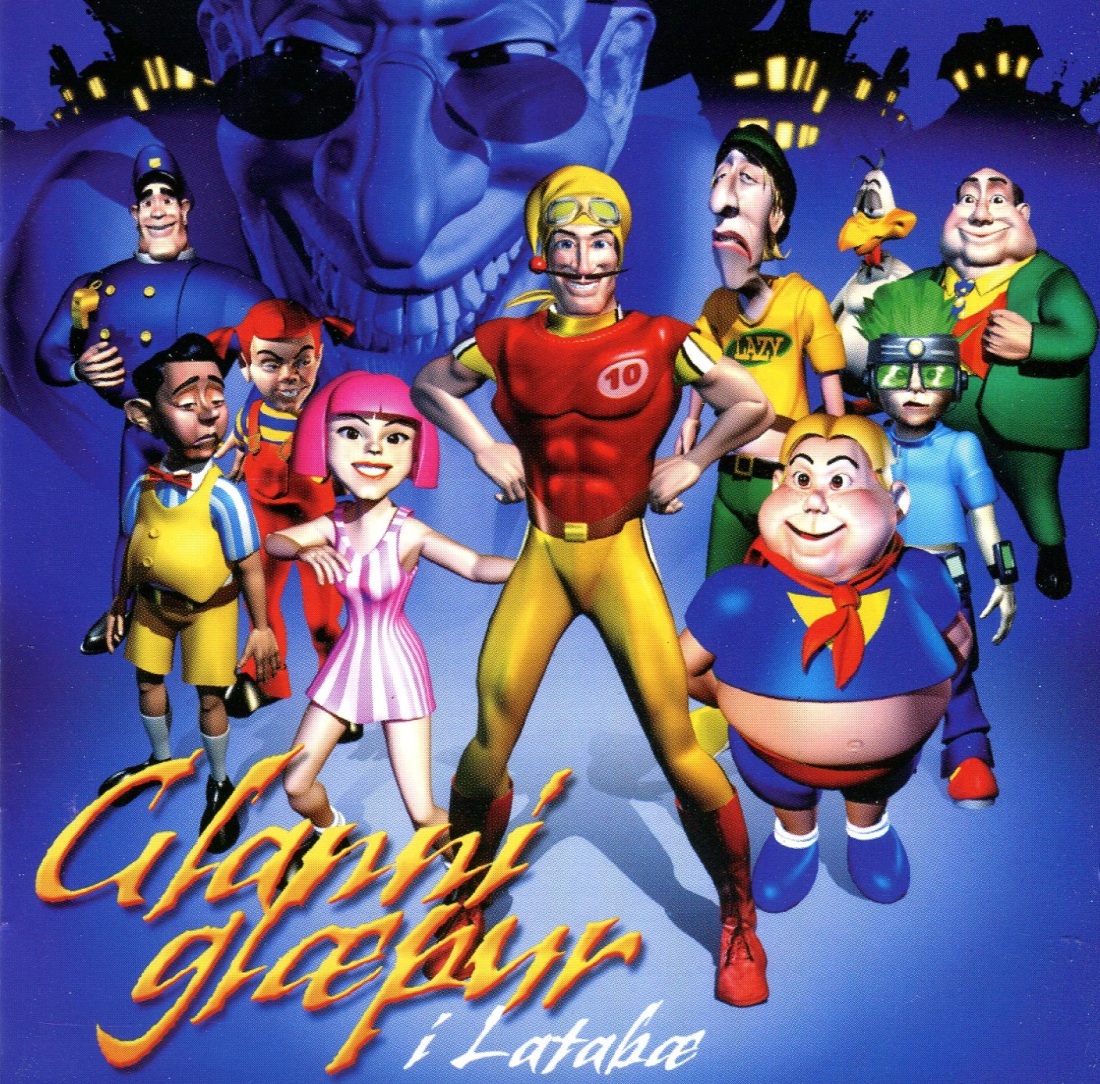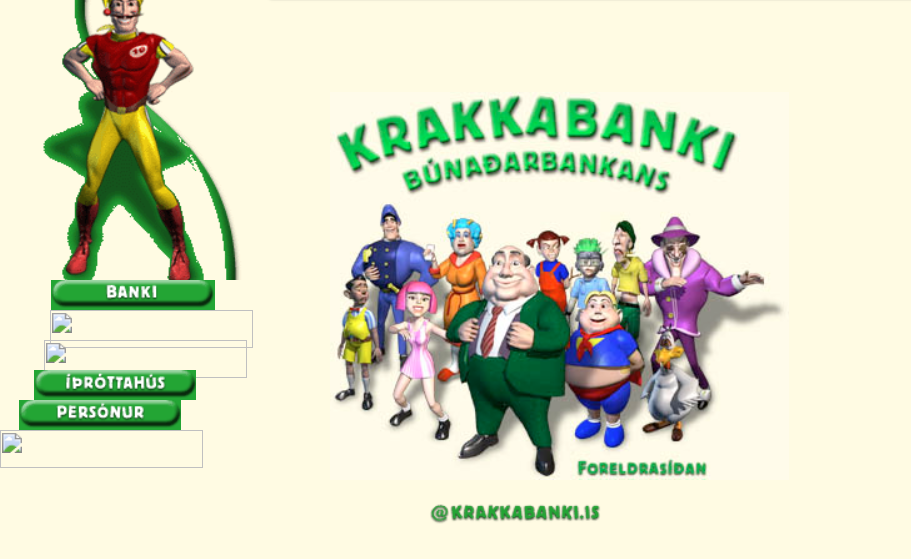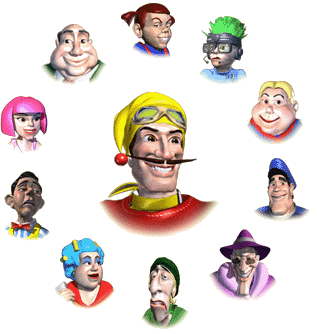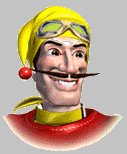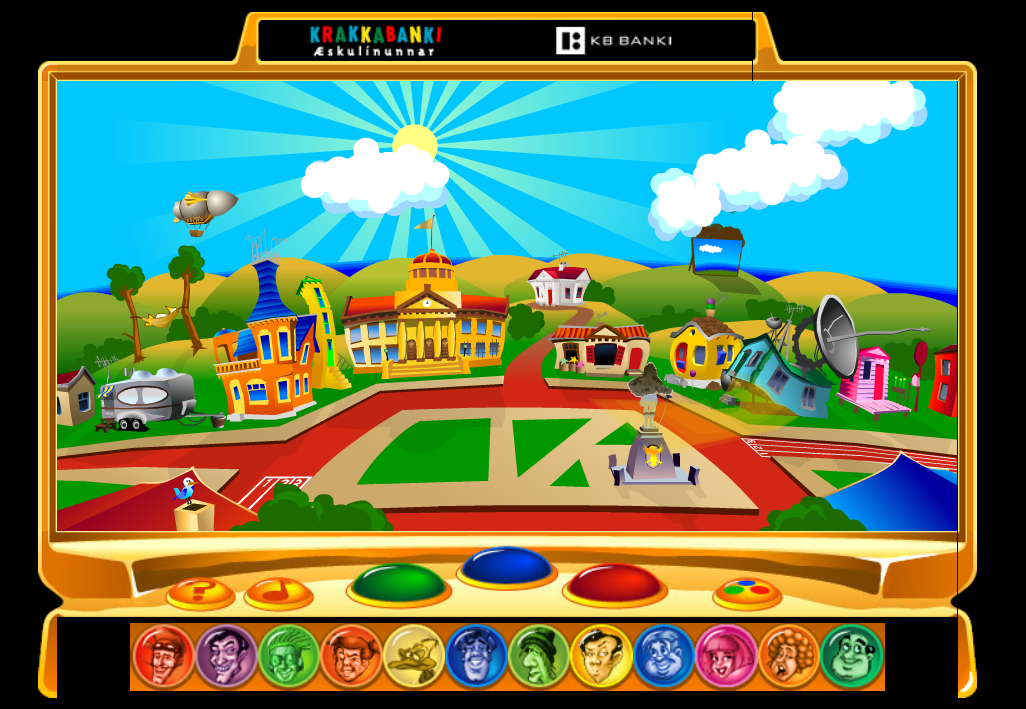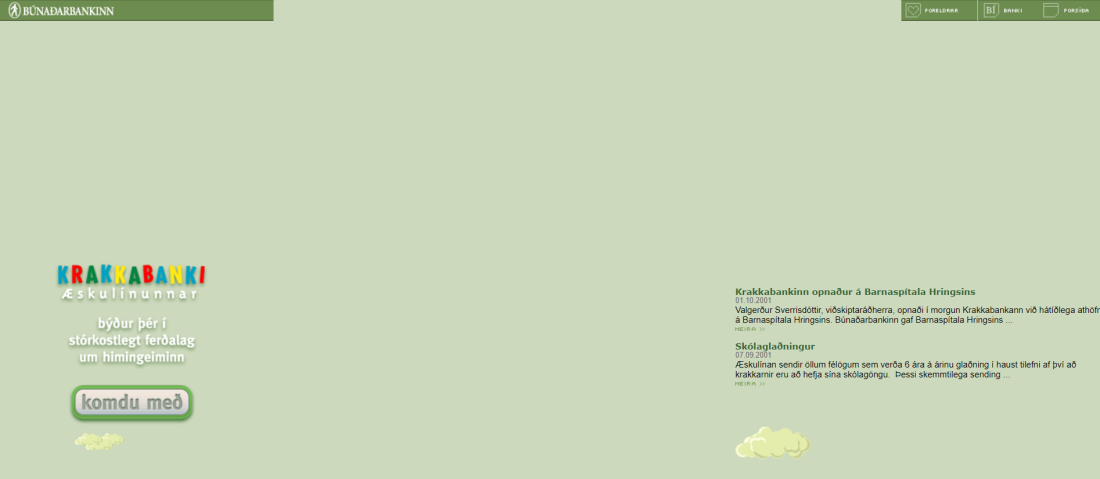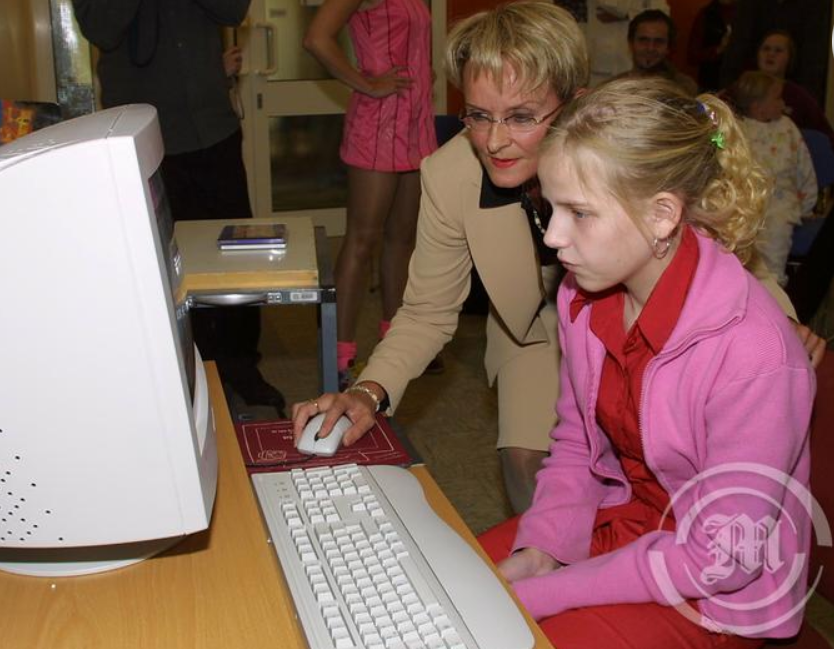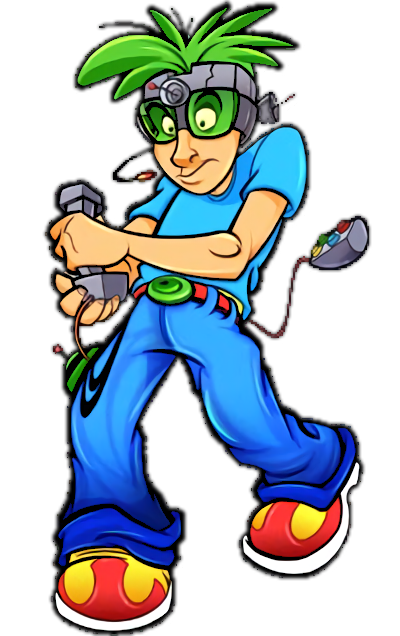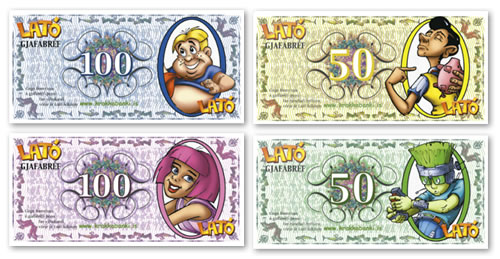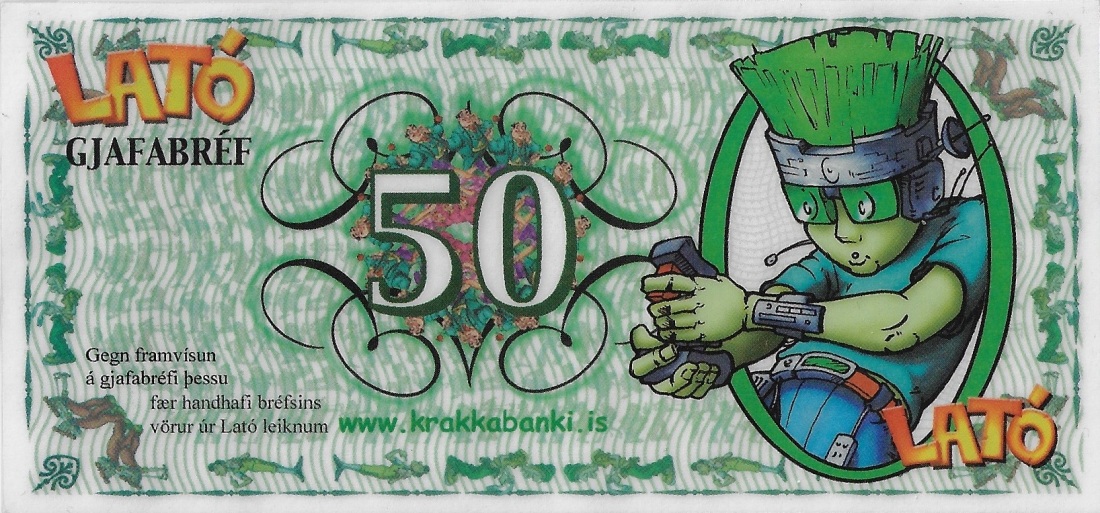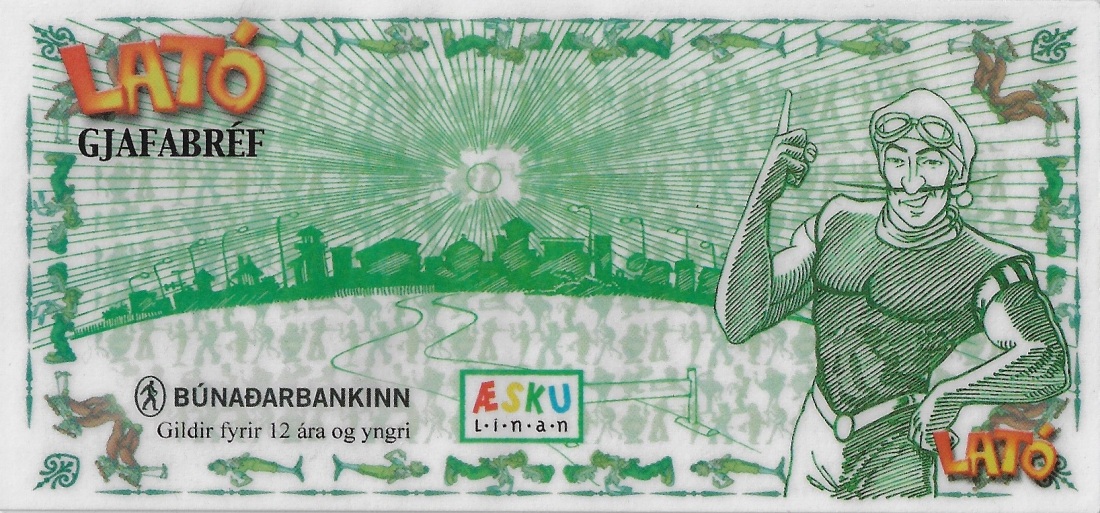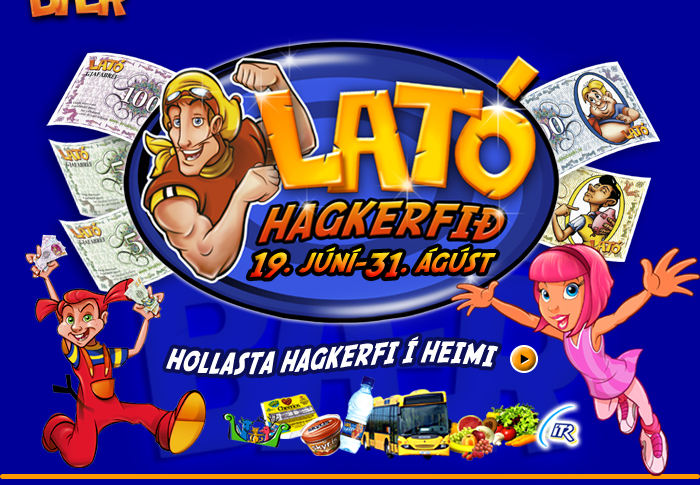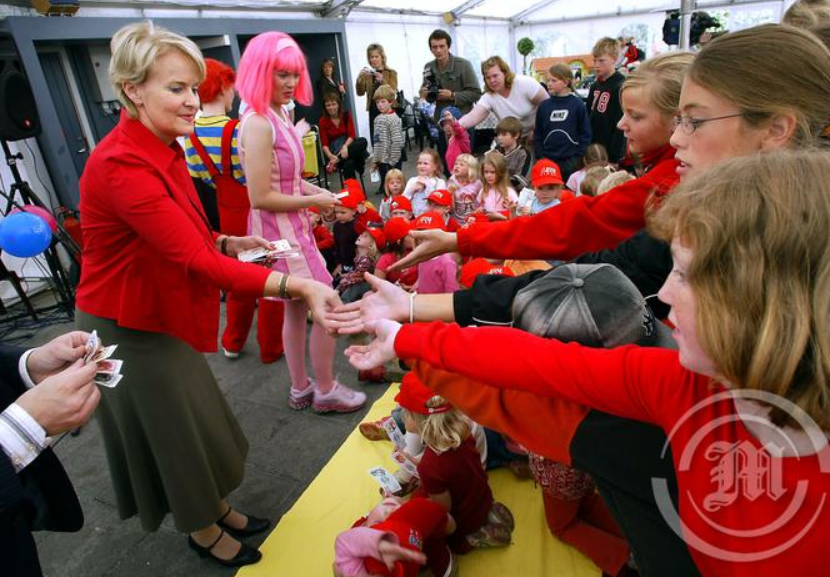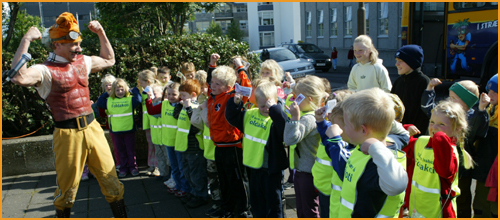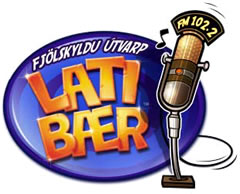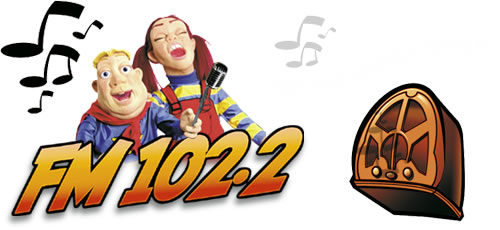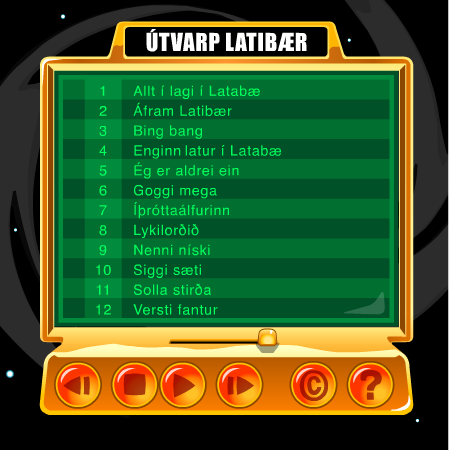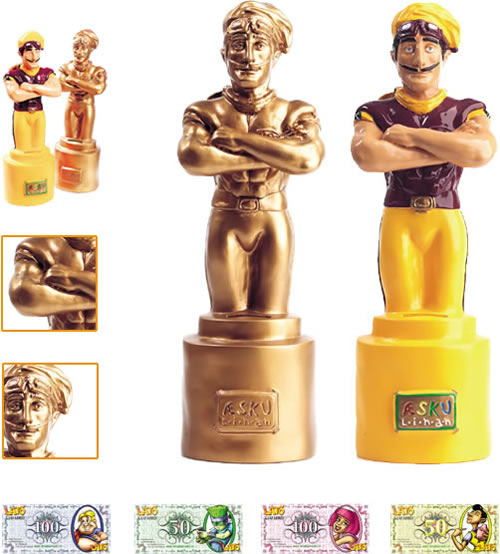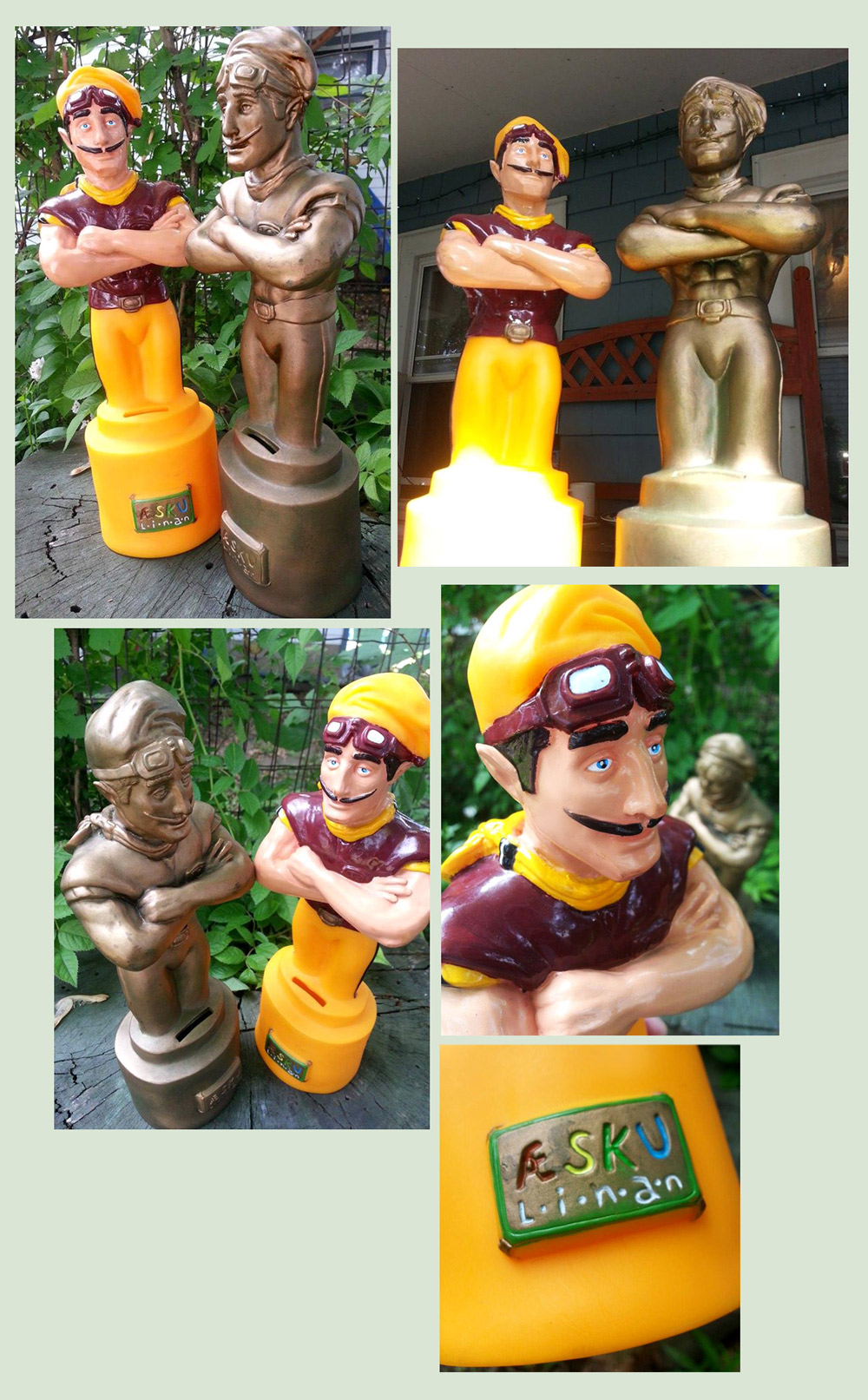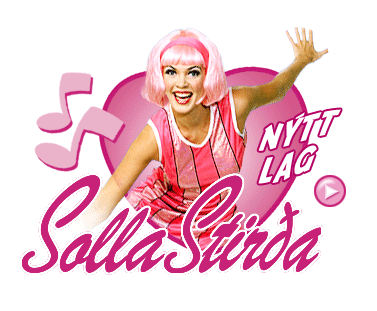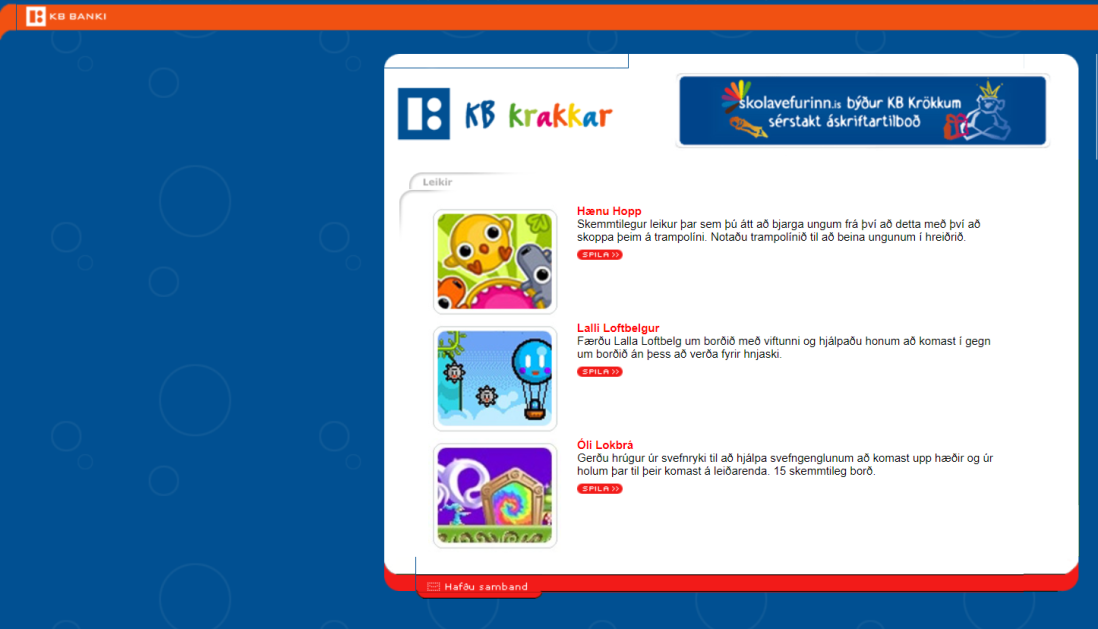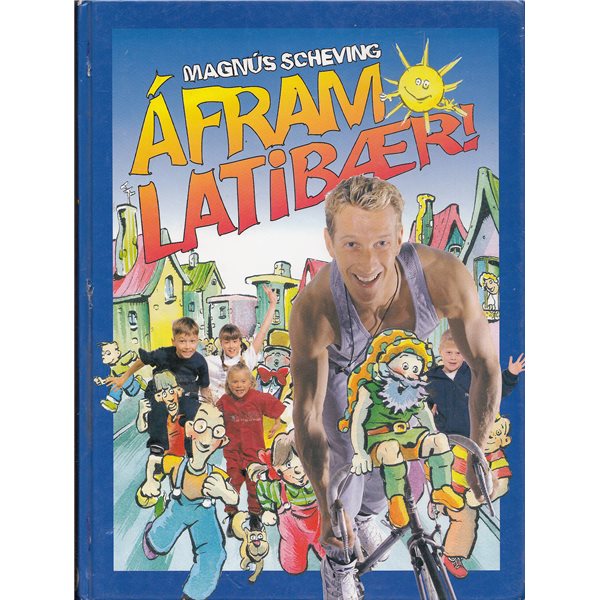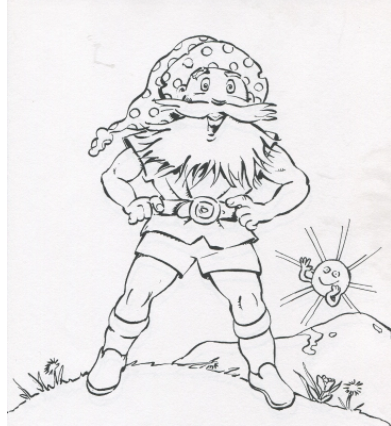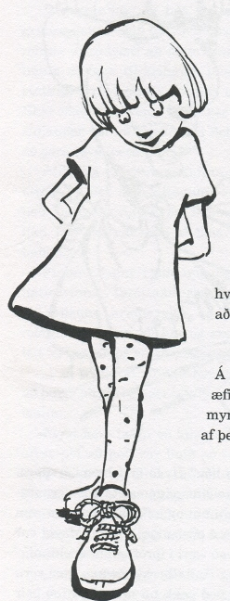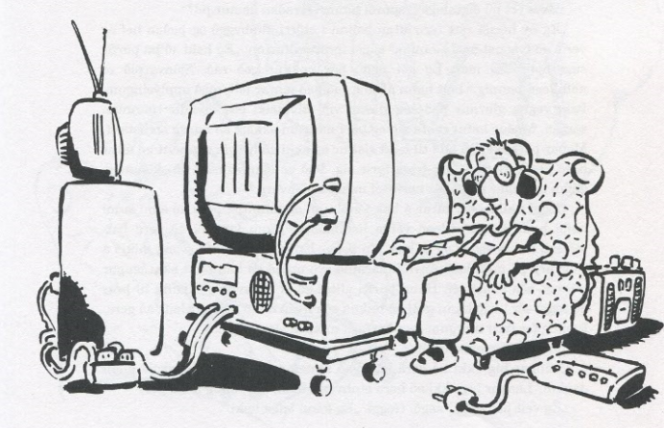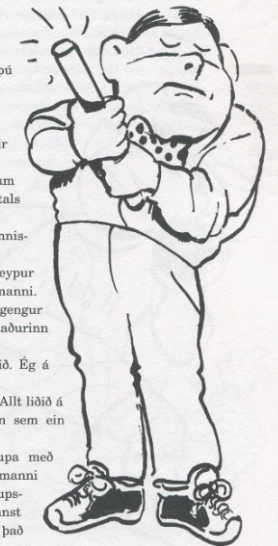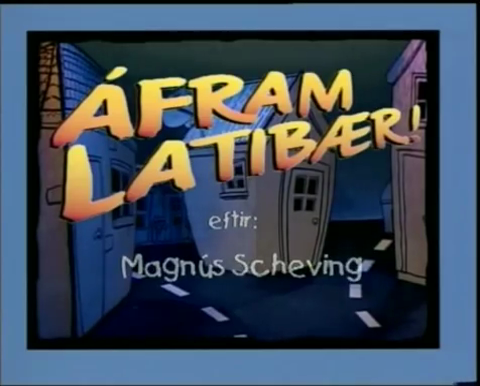
Áfram Latibær! (English: “Go, Go, LazyTown!”) is the first LazyTown theater play, which premiered in Iceland in 1996.
The project contains early ideas and designs of what would later become the TV series that we know today. It was based on a succesful book written by Magnús Scheving in 1991.
Adapted for stage by Magnús and Baltasar Kormákur, Áfram Latibær premiered on a theatre called “Flugfélagið Loftur”. The most famous production, “Glanni Glæpur í Latabæ”, debuted years later.
Today, we’ll analyse the original play and how it became well-known in the LazyTown franchise.
Premise
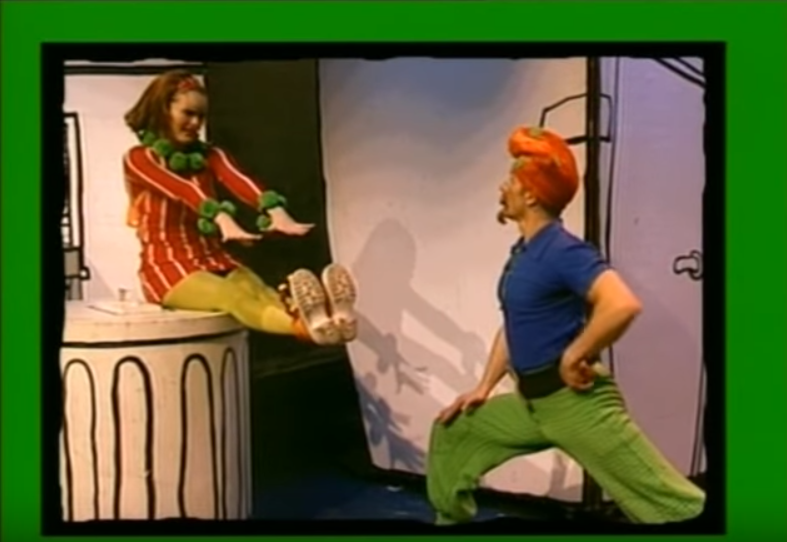
The plot of the play and the book are very similar. All the residents from LazyTown (“Latibær” in icelandic) are lazy and weak because they never exercise or eat healthy and nutritious food. They eat candy and watch TV all day. Every resident has a specific problem.
To change this situation, Sportacus arrives in LazyTown and teaches the kids how to have better and healthier lifestyles.
Characters
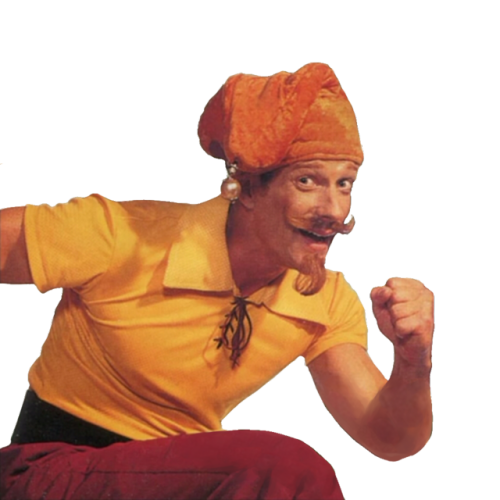
Here are some of the characters who were featured on the play. Most of them were previously included on the 1991 book.
The personality traits of the characters were heavily modified for the 2004 series.
Mayor Meanswell (Bæjarstórinn)
Played by Magnús Ólafsson
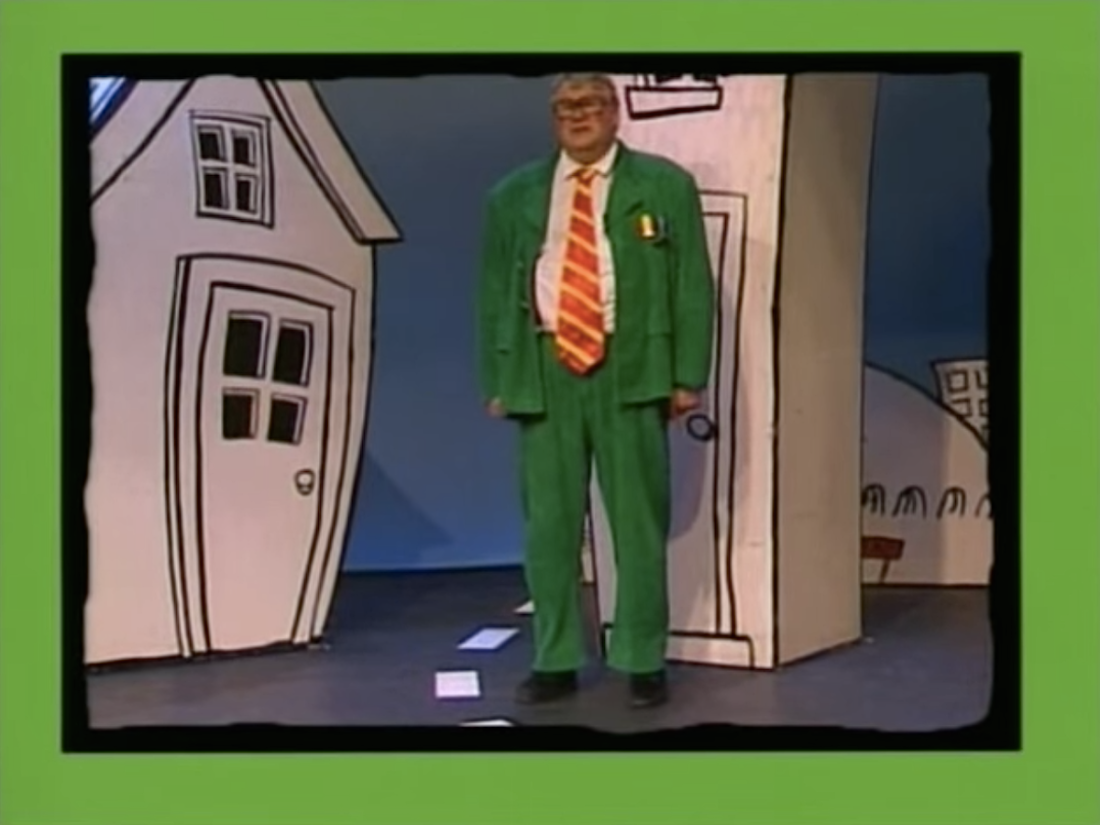
The well meaning mayor of LazyTown. He is very disappointed with the citizens’ lack of energy. He wants everyone to participate on a sports competition, but he struggles to convince them.
Sportacus (Íþrótaálfurinn)
Played by Magnús Scheving
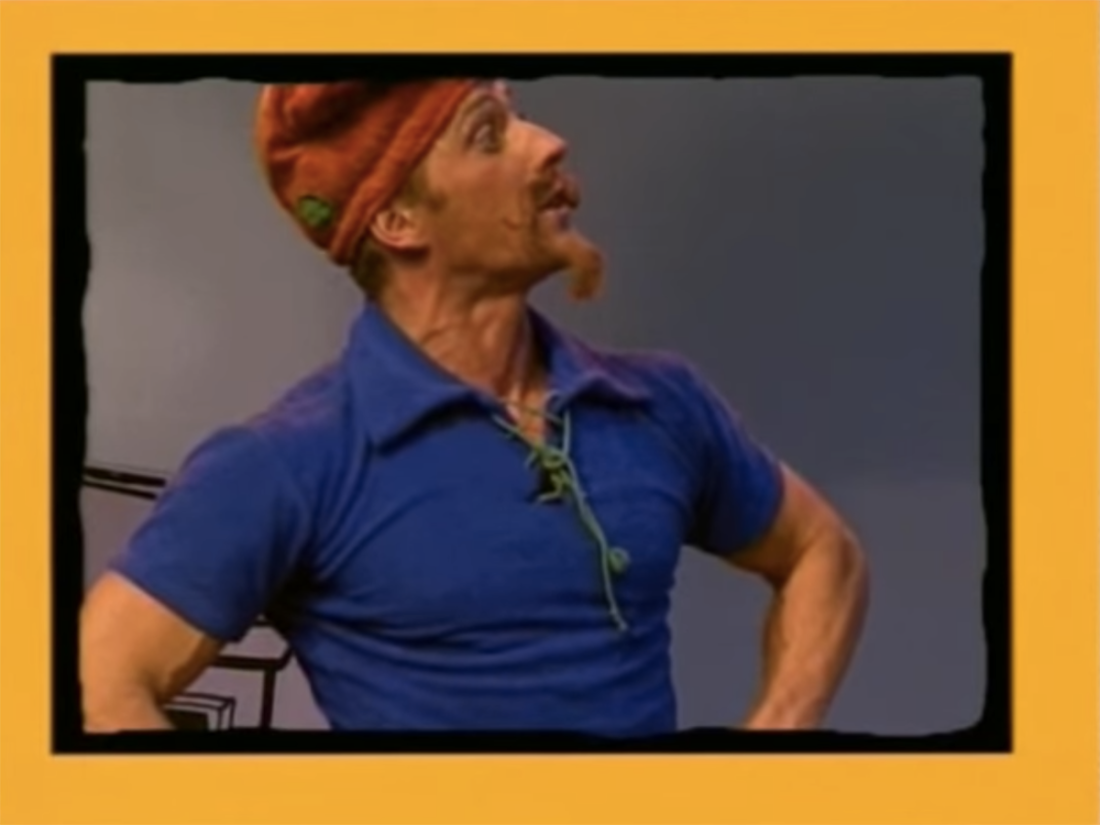
The energetic and determined elf who arrives in LazyTown to prepare the townspeople for the competition.
Stephanie (Solla Stirða)
Played by Selma Björnsdóttir
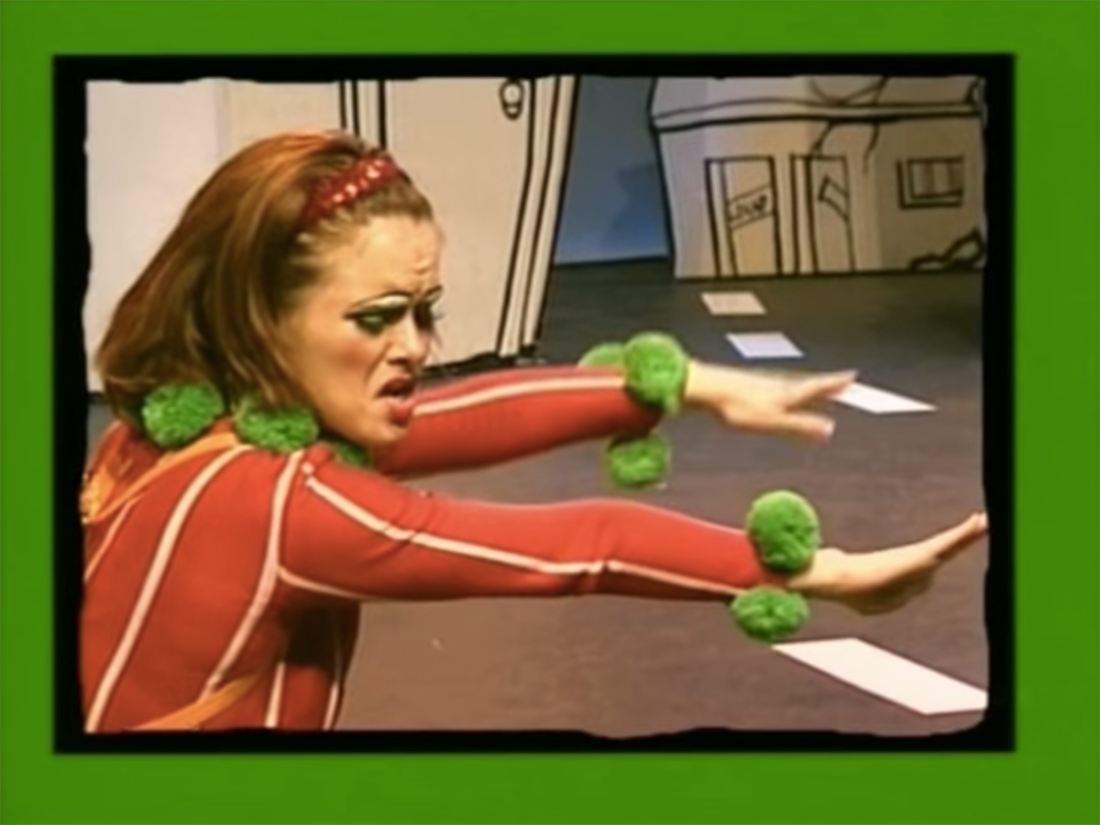
A clumsy girl who has stiff joints due to lack of exercise. She can barely keep her balance to walk or tie her shoelaces. Despite this, she dreams of being a dancer.
Ziggy (Siggi Sæti)
Played by Steinn Ármann Magnússon
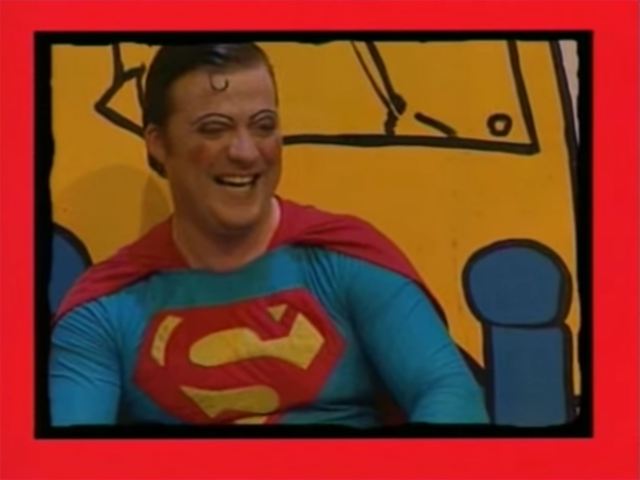
A young boy who is obsessed with candy. Despite his laziness and weakness, he dreams of being a hero like Superman.
Pixel (Goggi Mega)
Played by Jón Stefán Kristjánsson
![]()
A kid who is obsessed with technology and doesn’t moderate the time he spents with electronics. He owns a lot of devices, including: TVs, video games, VCRs and calculators. His glasses allows him to view ten screens at once.
Jives (Maggi Mjói)
Played by Sigurjón Kjartansson
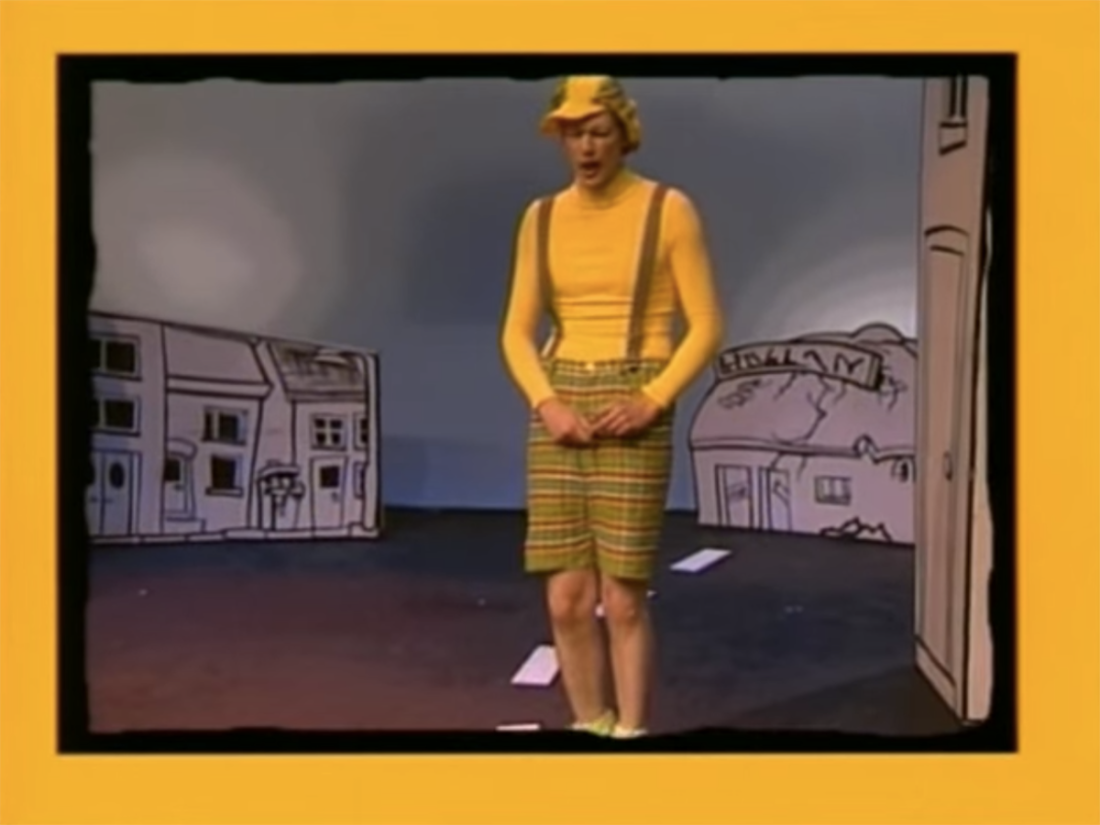
A lethargic teenager who is weak and defiant due to his unbalanced diet and malnutrition. He only eats cereal, cocoa puffs and oat rings for every meal. He was considered to be included on the LazyTown TV series, but was scrapped.
Stingy (Nenni Níski)
Played by Ólafur Guðmundsson
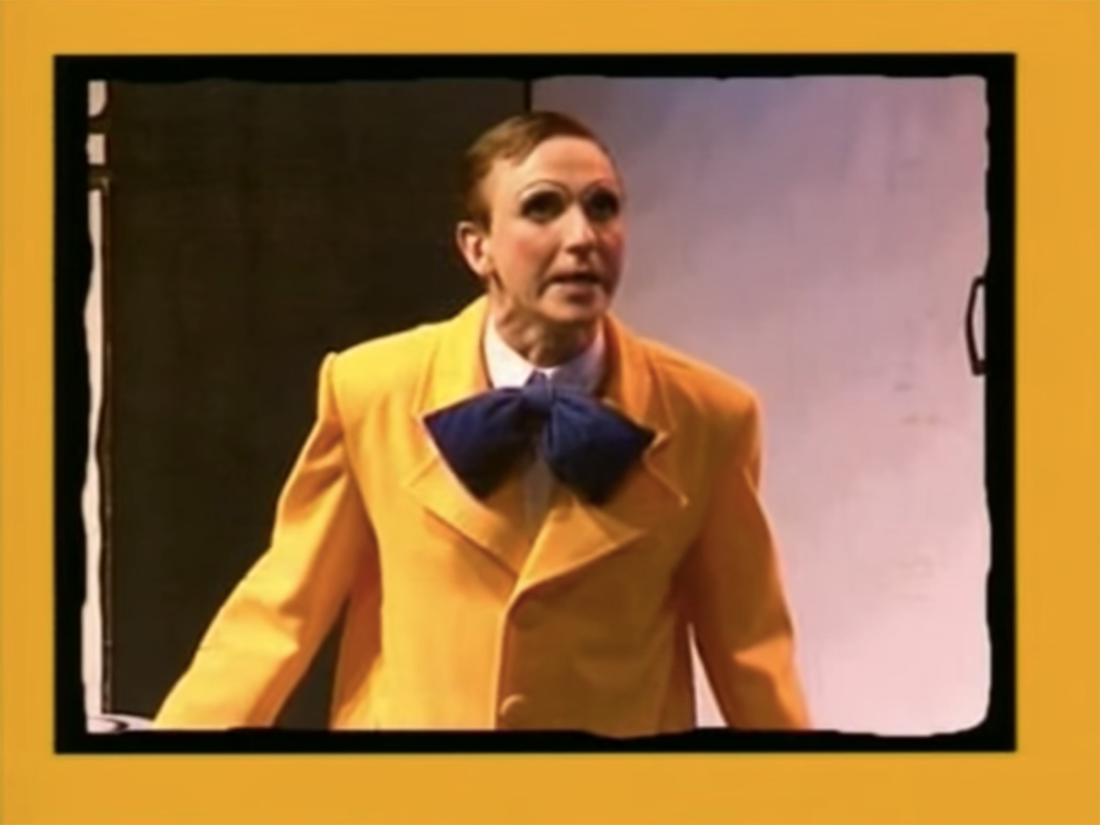
A greedy and egocentric collector who wants to own more and more things. He claims everything for himself and is unable to share.
Soundtrack

The music from Áfram Latibær was composed by Máni Svavarsson and Magnús Scheving. Each character has their own theme song. Here are some of the songs from the play:
Lífið er fúlt í Latabæ (English: “Life Is Dull in LazyTown”)
This is the first song from the theater play and it’s sung by Mayor Meanswell. The lyrics describe how Meanswell is upset with the town’s poor lifestyle. He also sings a similar downbeat song called “Öllu er lokið Latibær” (English: “It’s all over, LazyTown”).
Íþrótaálfurinn (The Sports Elf)
This cheerful song is used to introduce Sportacus to the play. The lyrics explain that all the elves are healthy and active and that Sportacus is the best role model of them. The original melody was adapted as “Welcome To LazyTown“.
“Íþrótaálfurinn” was considered to be Sportacus’ theme. However, the song “Enginn Latur í Latabæ” (“No one’s Lazy in LazyTown”) became frequently associated with him since 1999. In the TV show, many leitmotifs and variations of the melody can be heard whenever Sportacus is on screen.
Solla Stirða (Stephanie Stiff)
This song is about how Stephanie laments that she can’t do simple tasks because she has painfully stiff muscles. A remixed and extended version of “Solla Stirða” was produced by Máni Svavarsson in 1999. This adaptation would later be the basis for the song “I Can Dance” from the LazyTown episode “Dancing Duel”.
Nenni Níski (Nenni the Stinge)
In his musical entrance, Stingy claims to have eighty four action figures, an elephant, a car and everything. He also states that it would be ridiculous if he shared with anyone. In the song, Stingy makes a reference to his dad. This was one of the few times that a character mentioned a parent in the LazyTown franchise.
“Nenni Níski” later evolved as “The Mine Song“, one of the most famous songs from the TV series.
Popularity
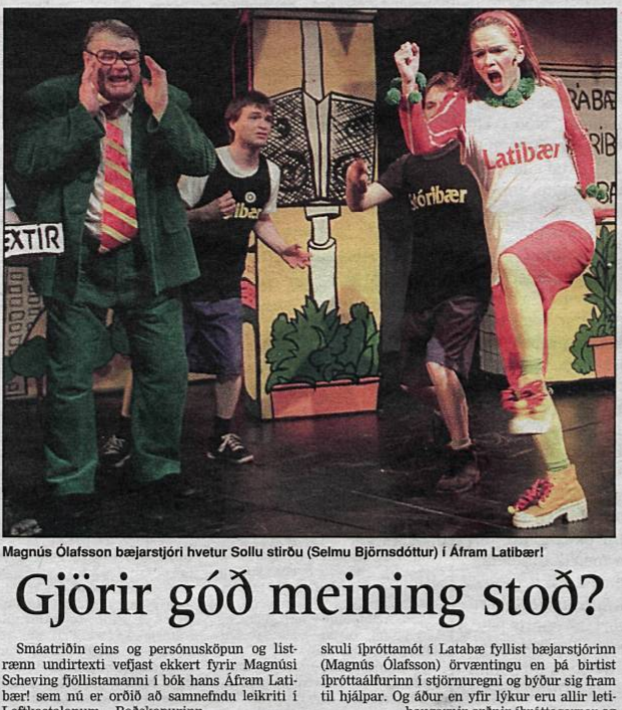
“Áfram Latibær” was the most popular stage play in Iceland between 1996 and 1997. More than 69% of the target public watched the performance and the LazyTown franchise started to become well-known in the country.

Sportacus also became a household name in Iceland. Magnús Scheving reprised his role of Íþrótaálfurinn for varied occasions in 1997.
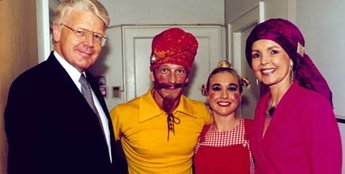
As a result of the success and positive reception of the first play, Magnús started many other projects for the LazyTown franchise, such as: a book called “Latibær í Vandræðum” (English: “LazyTown in Trouble”), a 1998 board game “Latador Hvert í Hoppandi” and an extremely popular stage play “Glanni Glæpur í Latabæ”.
